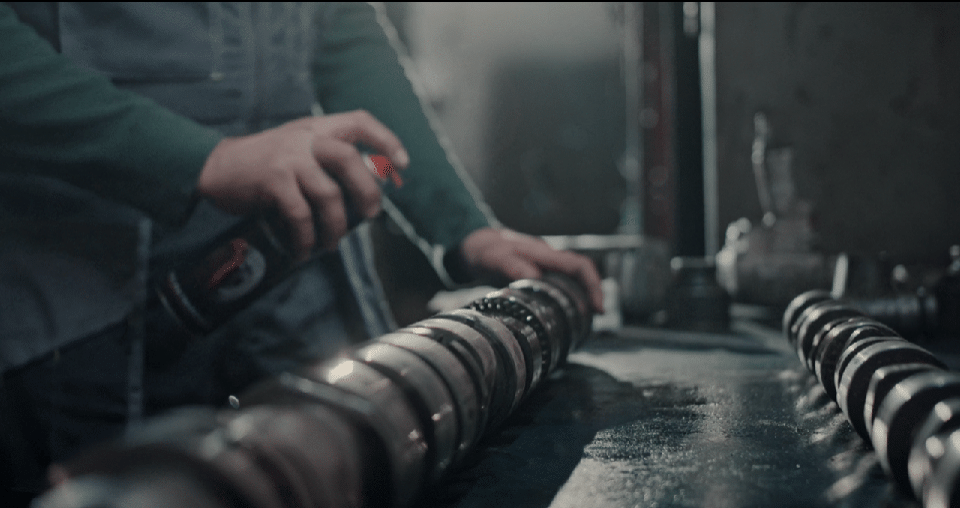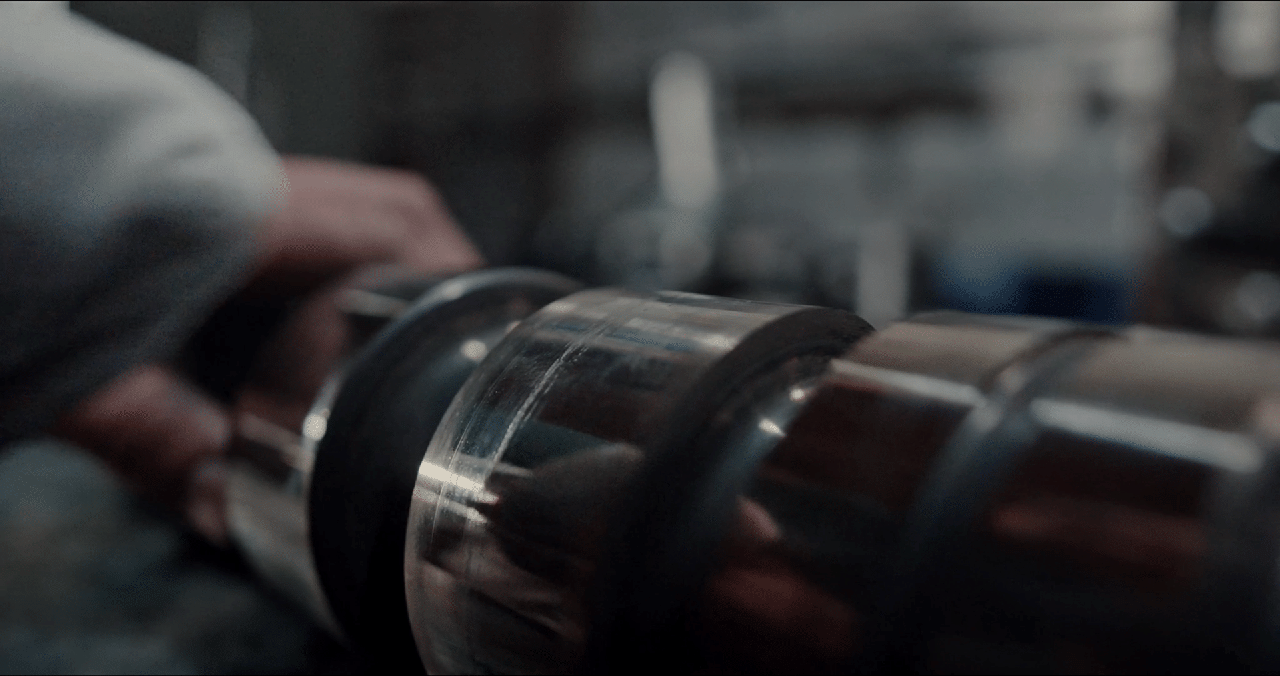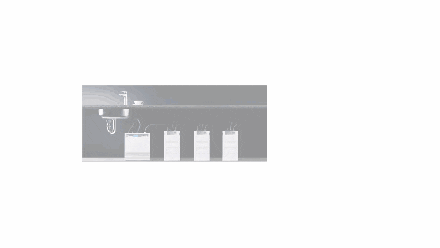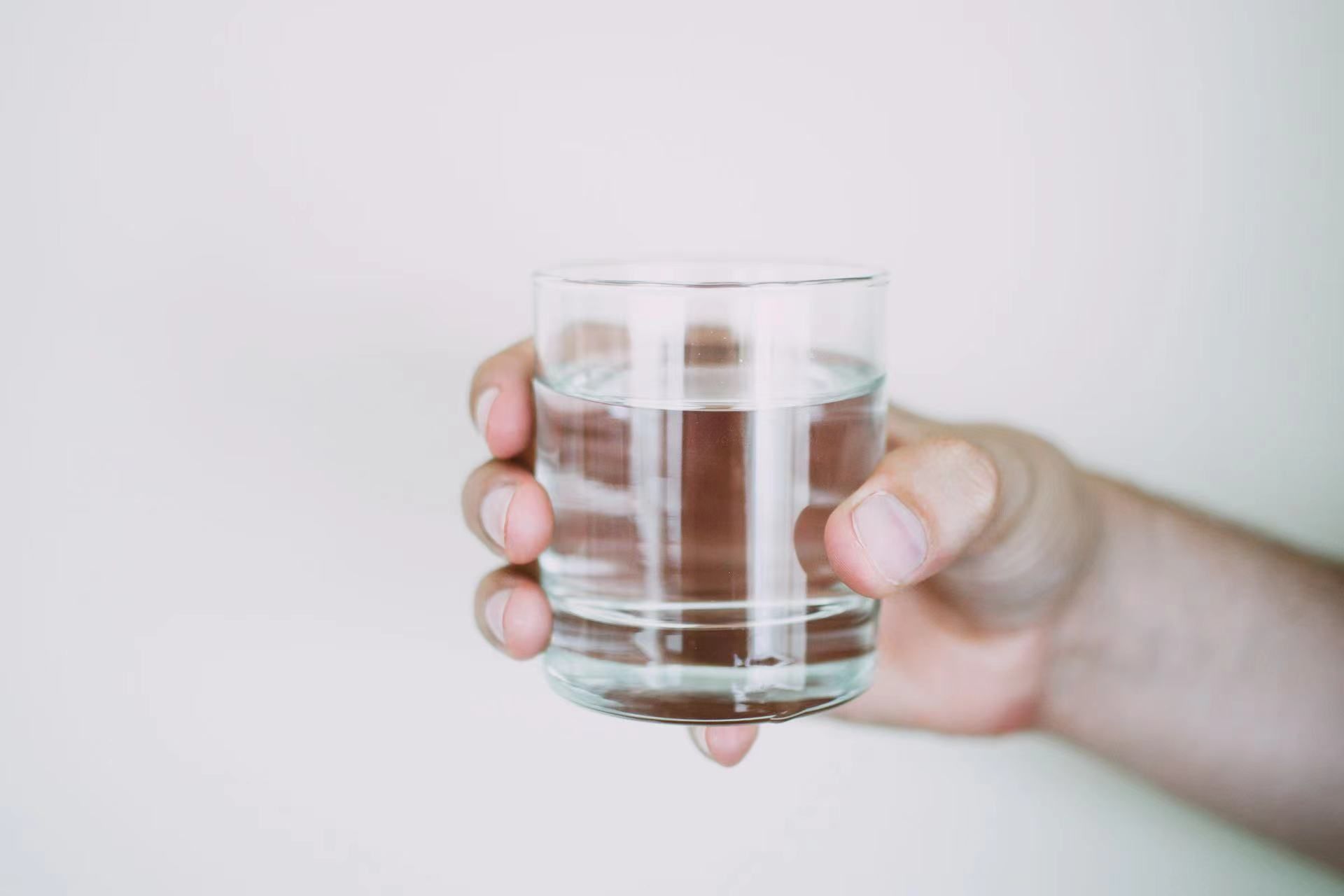In the hot summer days, as the heat increases, so does our water consumption, and the frequency of water purifier use increases. As an important line of defense for safe drinking water, water purifiers require careful maintenance, and many people do not realize that water purifiers need to be cared for even in the summer! What to look for when using and maintaining a water purifier in high temperatures?

01. “Sunscreen” Protection
During the hot summer days with the blazing sun overhead, both we and the water purifiers need sun protection. Direct sunlight and the rising temperatures in hot and humid environments can promote the growth of bacteria and algae in the water purifier filter, which can affect the health of drinking water.
In addition, intense sunlight can affect the water purifier’s internal components, circuits, and plumbing, causing aging due to UV rays and shortening the life of the unit. Therefore, the water conditioner should be placed in a shady location. If this is not possible, a sunshade can be attached to the device as a “sunshade”.

02. “Frequent Bathing”
In summer, people tend to drink water more frequently and in larger quantities. Combined with the higher temperatures, bacteria are more likely to multiply in the humid environment inside the water purifier. Therefore, it is important to clean the water purifier regularly and promptly.
① Life Solutions considers the need for internal cleaning and replacement of water quality in water dispensers, and specific treatments can be applied to different models.
② Follow the steps given to purify certain water purifiers. Drain the previously stored water and introduce fresh purified water. This will eliminate odors inside the water purifier, making drinking water safer and creating a green and healthy drinking environment.
③ Free yourself from traditional time-consuming and labor-intensive cleaning methods. Operation is simple and flexible without the need to disassemble any equipment. Just follow the steps to drain the faucet and solve water quality problems.

03. “New Attire”
In summer, when a lot of water is used, the water purifiers run at full capacity every day, which shortens the life of the filter cartridge. The filter cartridge is the core element that traps pollutants in the water, and it affects water quality to some degree. Overuse of the filter cartridge can also lead to secondary contamination.
Especially in hot summers, bacteria are more likely to multiply. Therefore, timely replacement of the filter cartridge is necessary. Different types of filter cartridges have different service life. Compared to other types, the RO reverse osmosis membrane has a longer life. However, regardless of the type of filter cartridge, it should be replaced in a timely manner to continue to protect the health of drinking water. If the water purifier is used frequently in the summer, you should replace it earlier.

① Life Solutions water purifiers with RO reverse osmosis filtration have longer filter life.
② To facilitate timely replacement of filter cartridges, Life Solutions water purifiers are equipped with a display on the housing that monitors usage in real time and intelligently reminds users to replace them.
③ Check the system regularly, replace the filter cartridge at least three times a year, and provide comprehensive maintenance service to ensure effective operation of the water purifier.

Given the scorching heat and the significant increase in water consumption, the importance of healthy and safe drinking water cannot be ignored. Water purifiers also need to be properly cared for during the summer. If you notice any anomalies during use, please contact Life Solutions. Life Solutions has a comprehensive customer service system.
Reference
[1] Zhang Ya. How to prevent and treat children with acute gastroenteritis in summer [J]. Digest of the latest medical information in the world, 2020(31):2.DOI:10.3969/j.issn.1671-3141.2020.31.047.
[2] Guo Yongfei. Be more diligent, don’t use the water purifier to drink the “sewage” [J]. Family Medicine: Seeking Medicines and Choosing Medicines, 2017(10):1.



